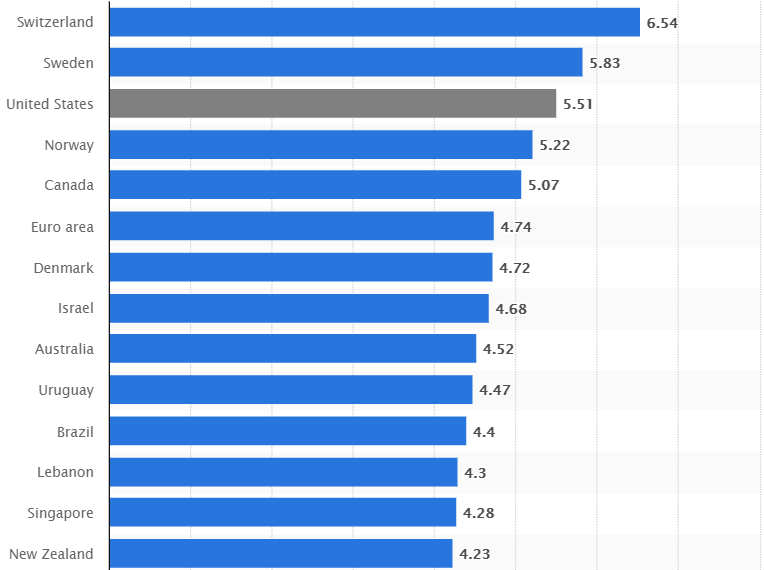The Big Mac Index
- Soham Mukherjee
- Jan 13, 2019
- 1 min read
1) The Big Mac Index, published by The Economist is one of the methods to gauge whether currencies are relatively priced correctly across the world.
2) The foundation of this idea rests on the concept of Purchasing Power Parity (PPP) in economics. Recall that PPP states that two currencies are in equilibrium or at par with each other when a basket of goods (taking into account the exchange rate) is priced the same in both countries. Ex: Consider a food basket of goods comprising of a loaf of bread, eggs, and milk. If this costs $5 in USA and rupees 300 in India, than that would indicate that $1 = 60 rupees.
3) The Big Mac Index takes this concept and considers the "basket of goods" as one single good. No surprises here but that one good is the ubiquitous McDonald Big Mac.
4) Differences in local prices for Big Macs – can suggest what the exchange rate should be in the long run. Hence, similar to the example above, we can estimate whether one currency is overvalued or undervalued to each other. Ex: A Big Mac costs £3.19 in Britain and US$5.58 in the United States. The implied exchange rate is 0.57. The difference between this and the actual exchange rate,0.78, suggests the British pound is 27% undervalued
5) This concept was never intended as a precise gauge of currency misalignment. Yet, over time, the Big Mac index has become a global standard, included in several economic textbooks and the subject of dozens of academic studies.
Big Mac prices in some countries priced in US$







Comments